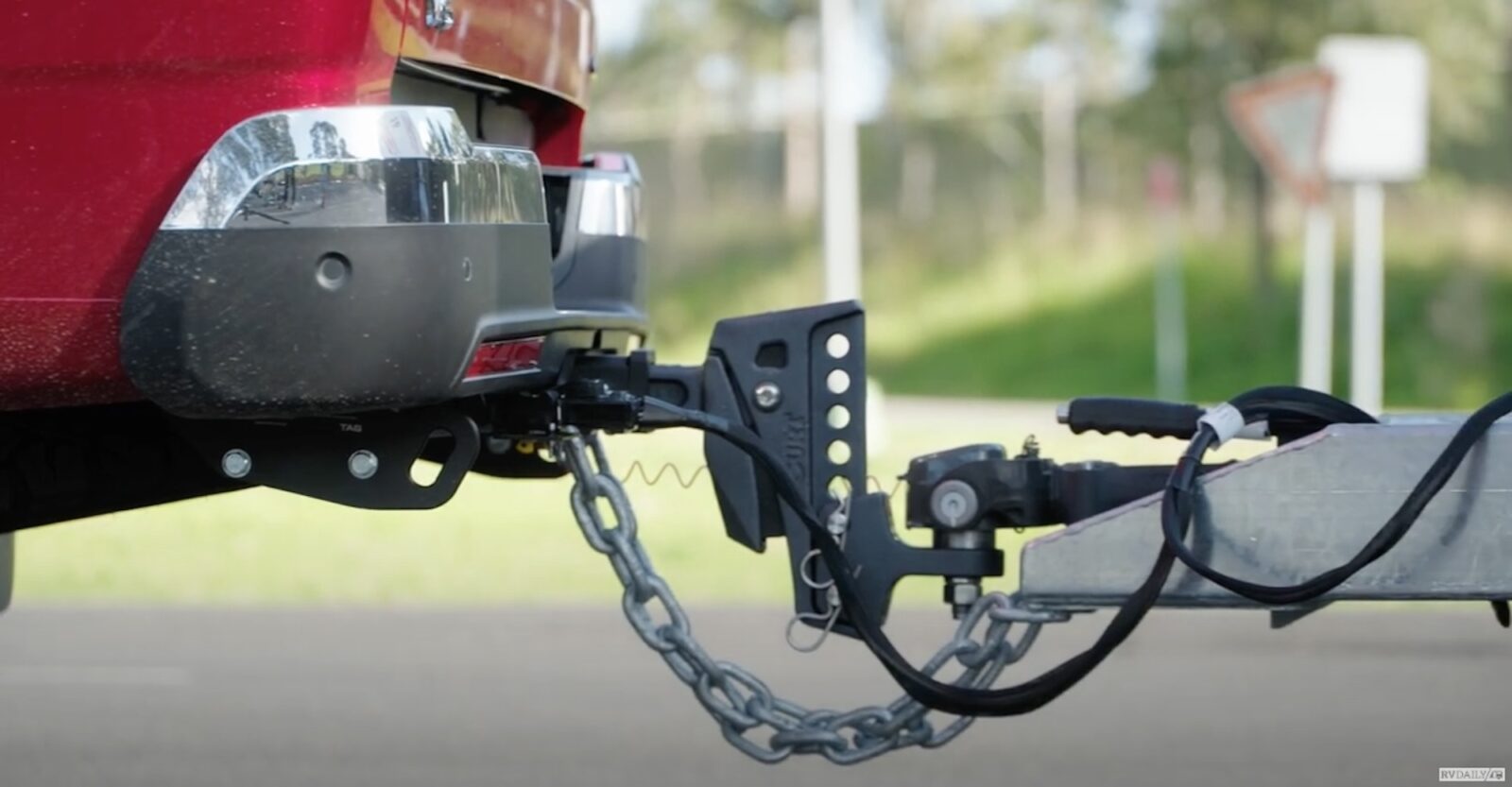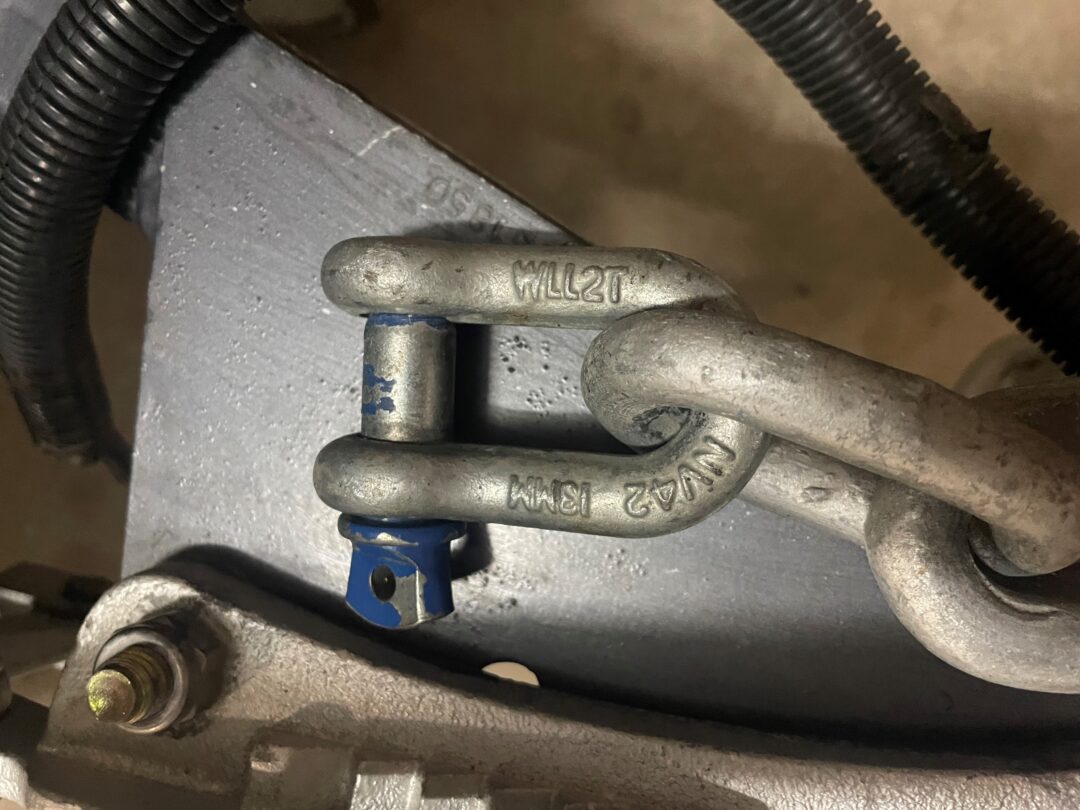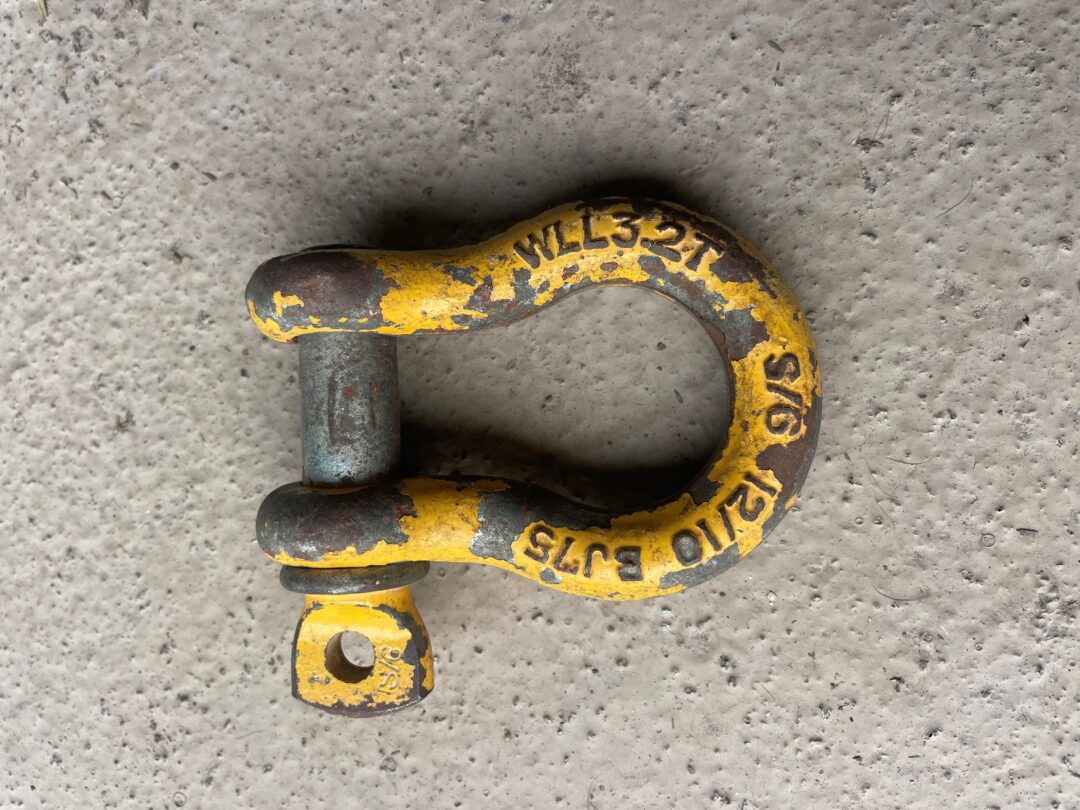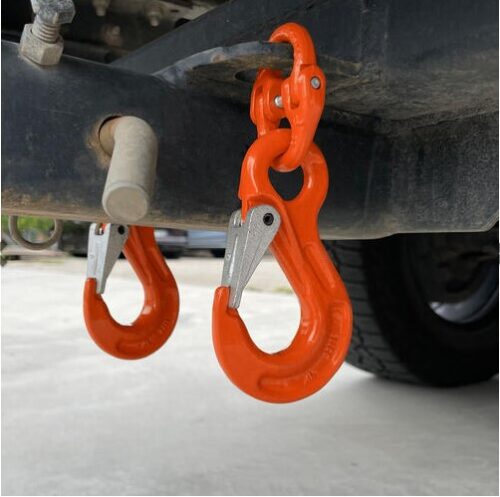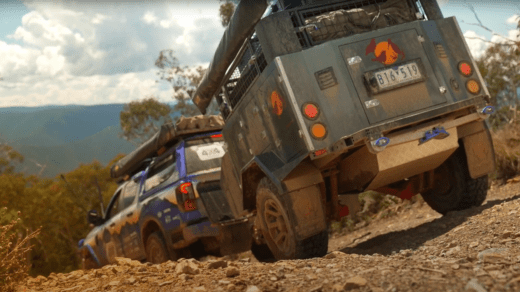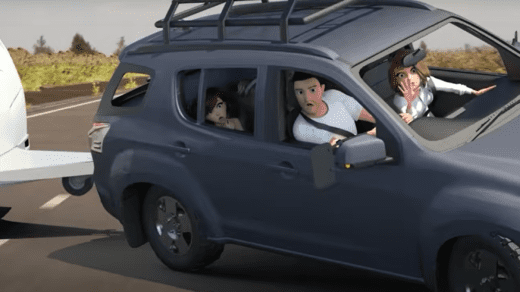When you’re gearing up for a trip, you probably check the fridge, fill the water tanks, and maybe give the tyres a quick kick. But here’s the truth — the smallest bits of metal on your setup could be the difference between a safe trip and a disaster.
We’re talking about safety chains, shackles, and (nowadays) hooks. Not the most exciting topic, but absolutely essential if you’re towing.
So let’s break it down — the rules, the options, and the handy tips to keep you safe, legal, and stress-free on the road.




